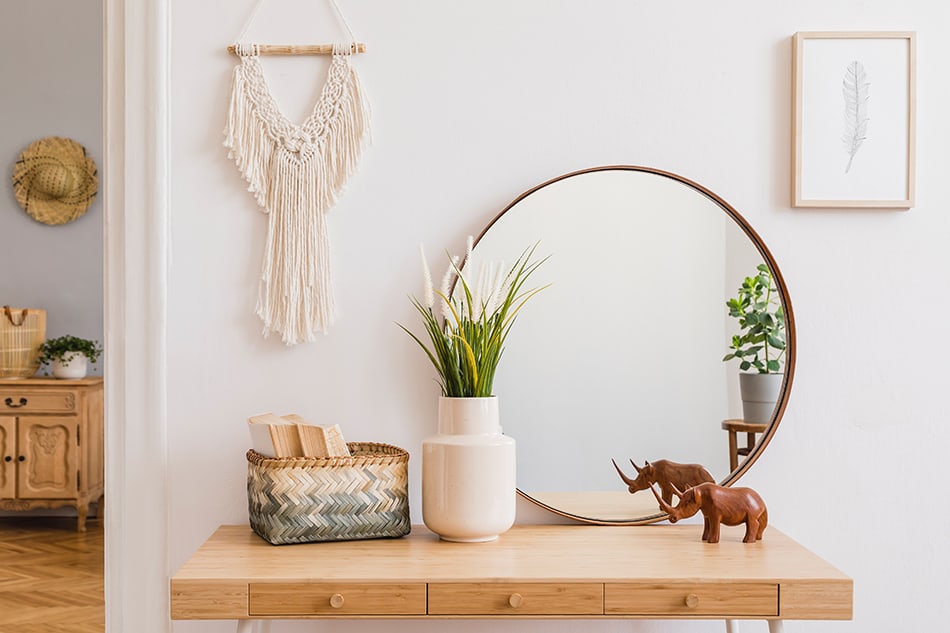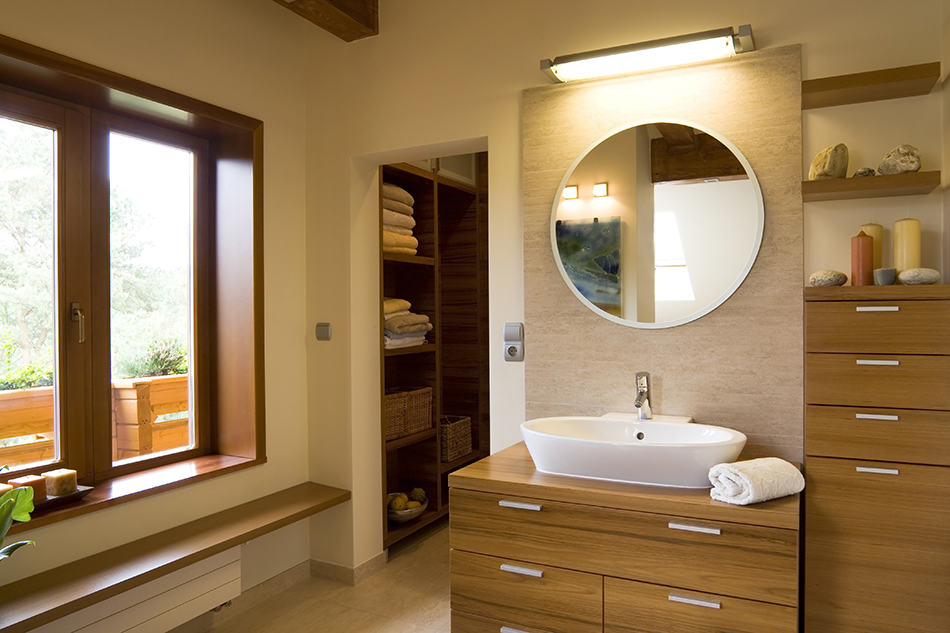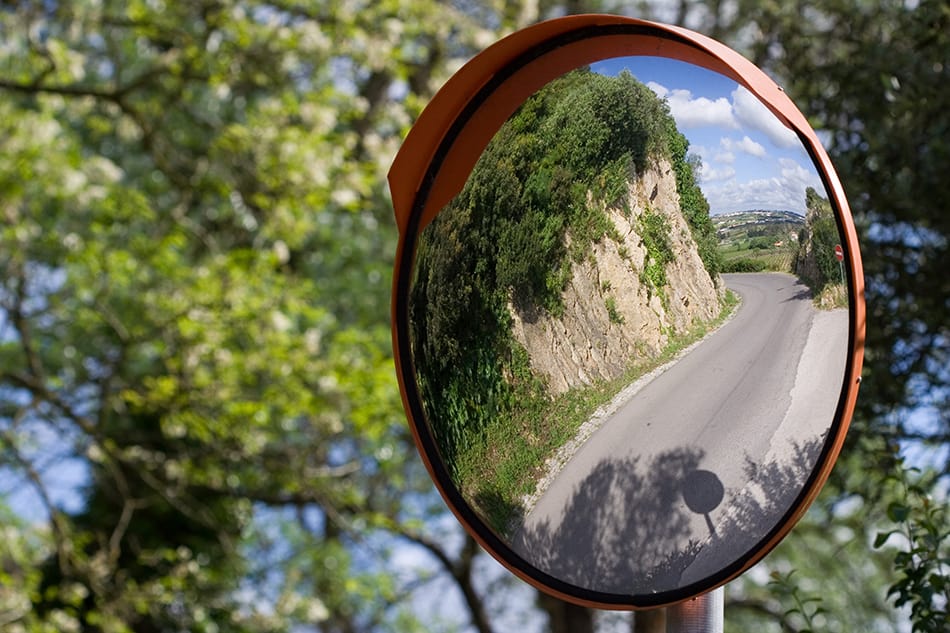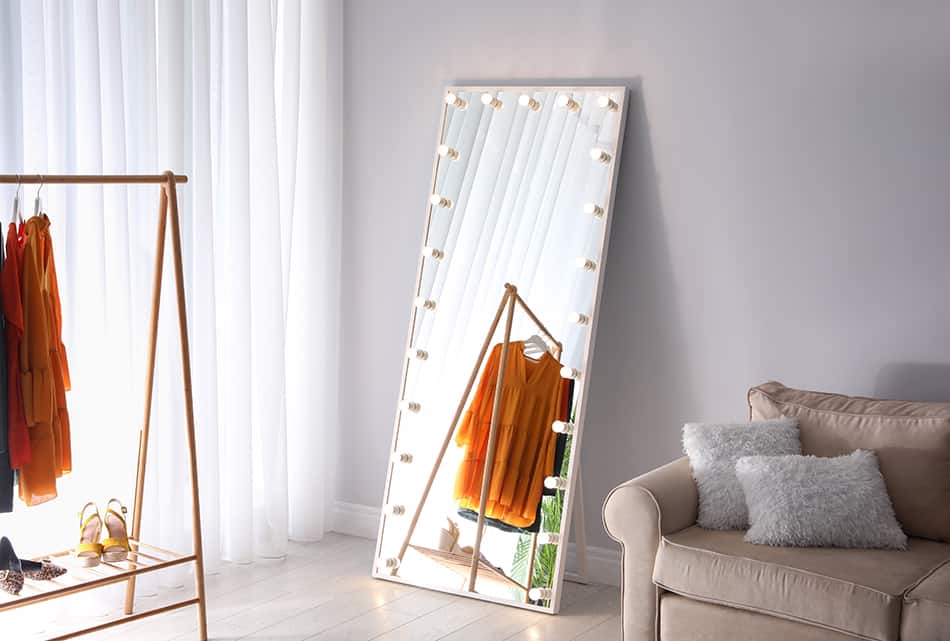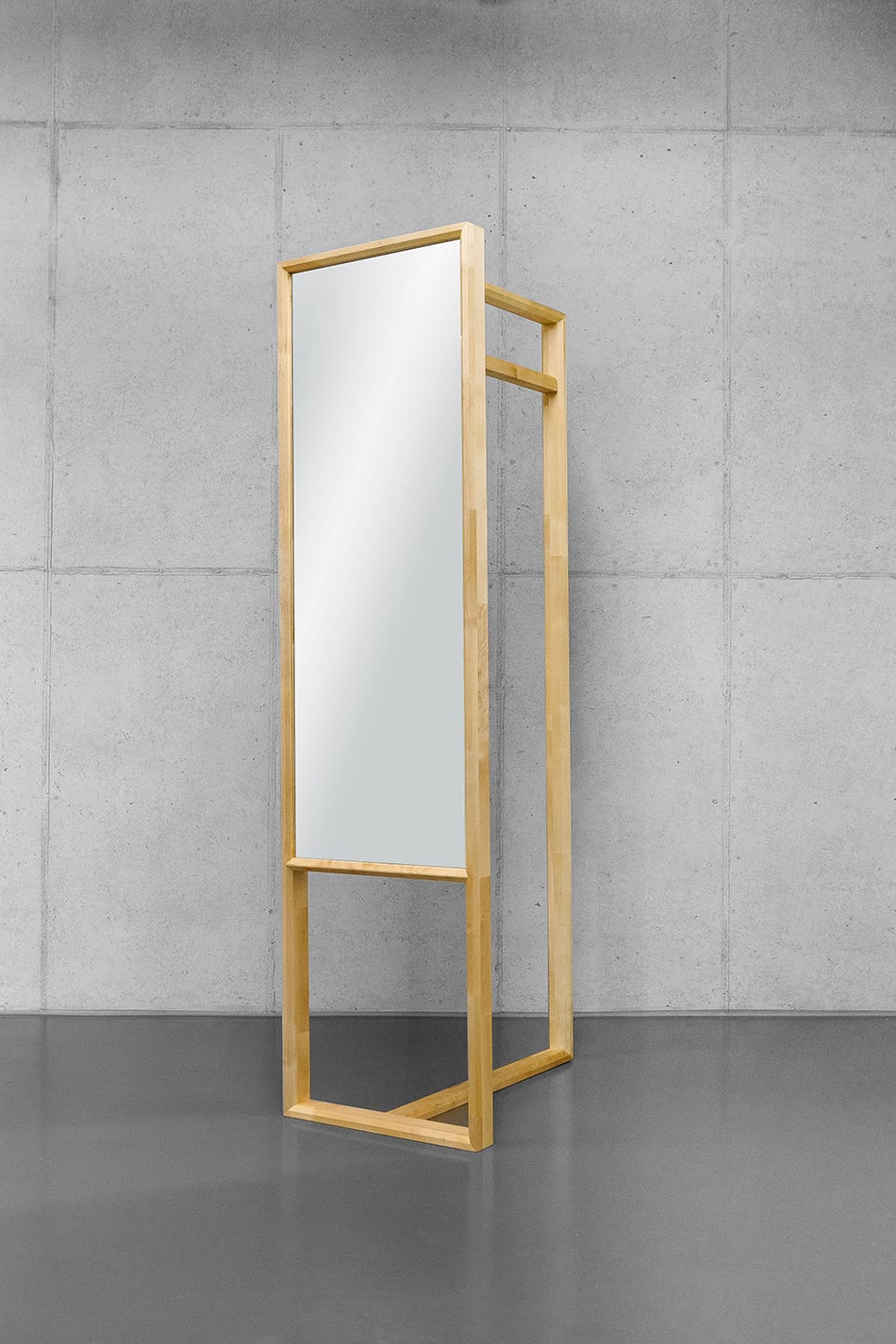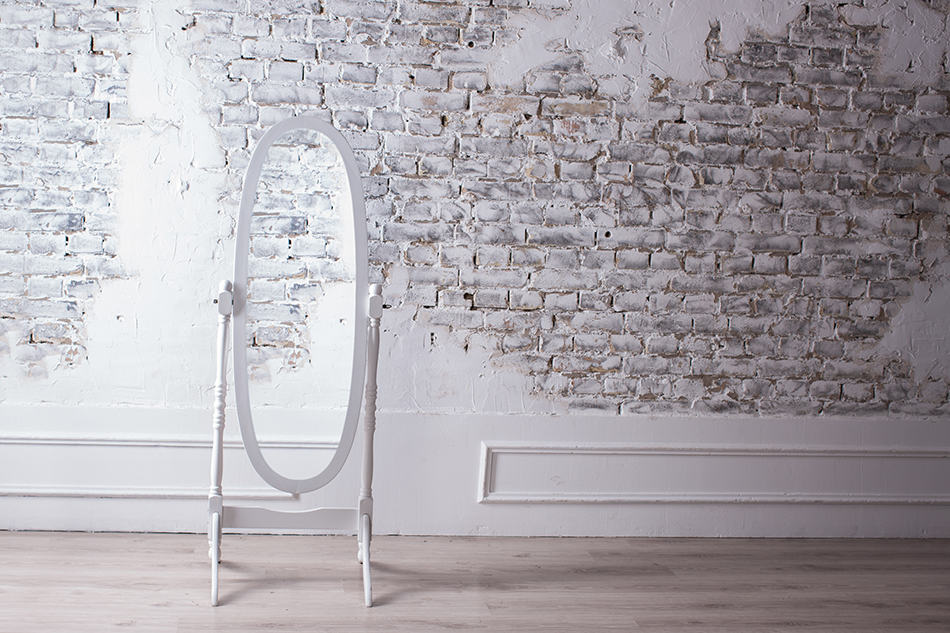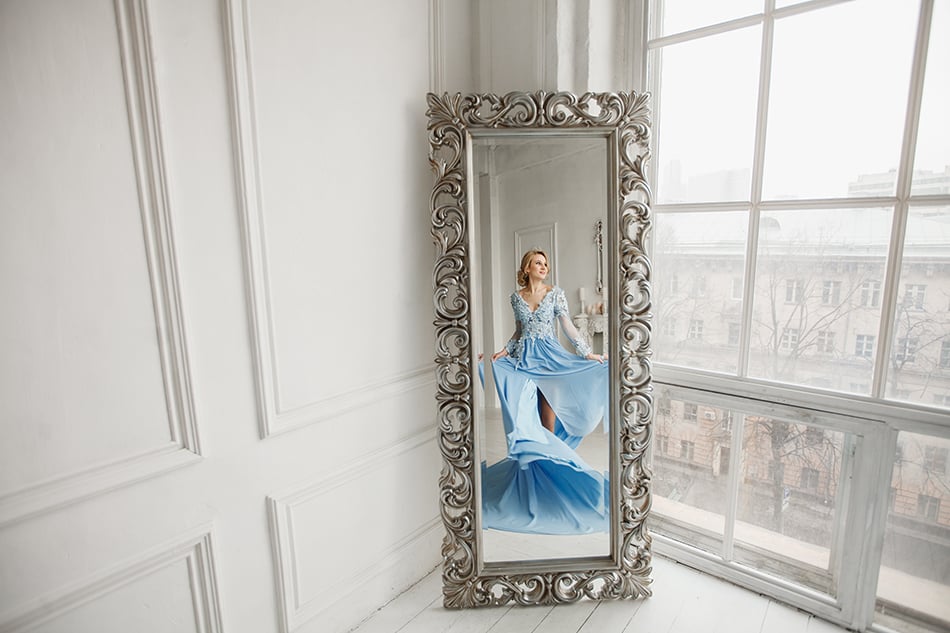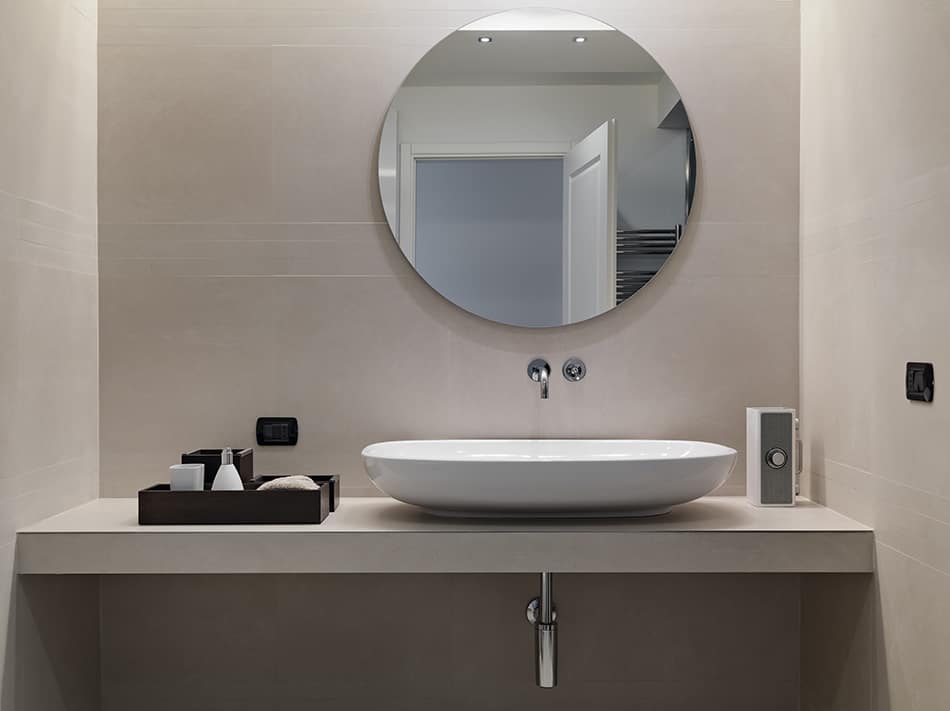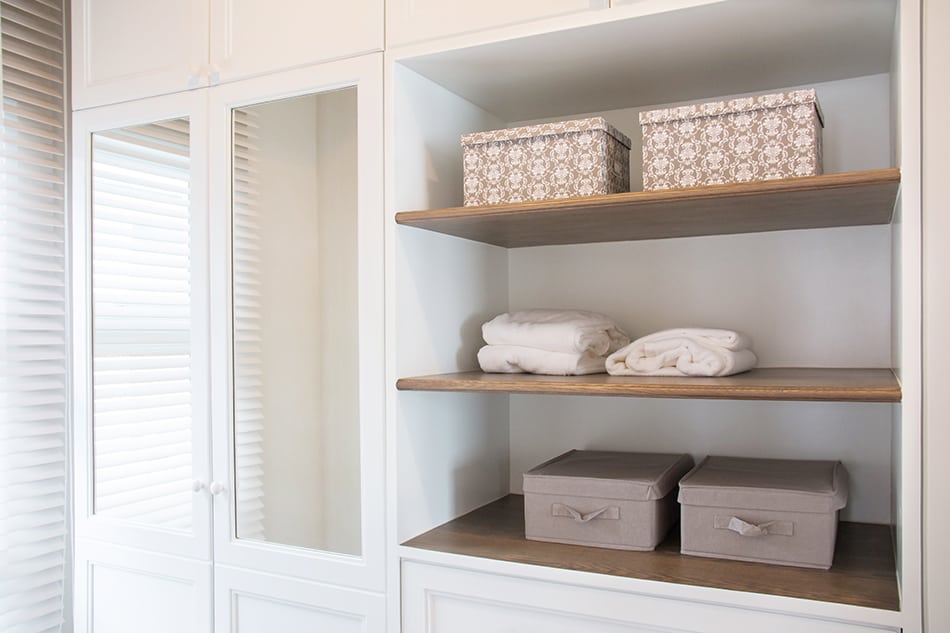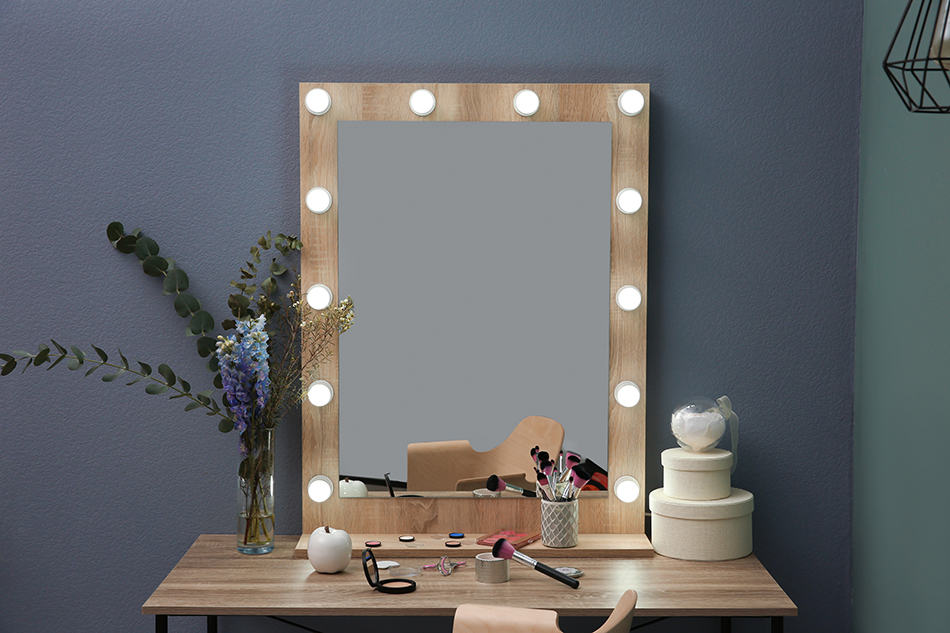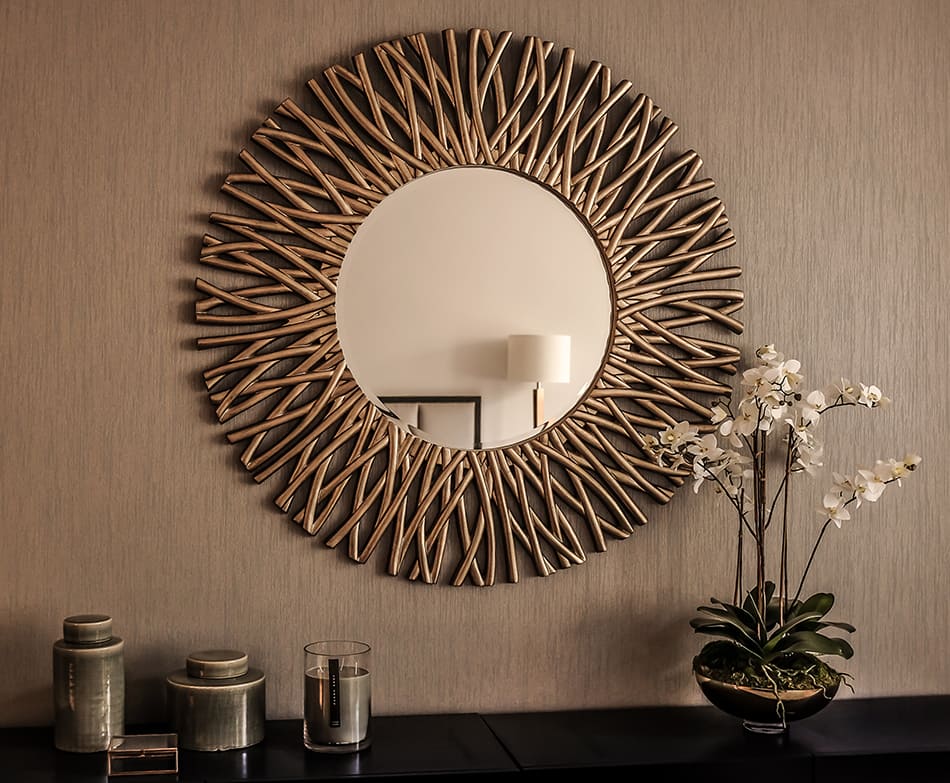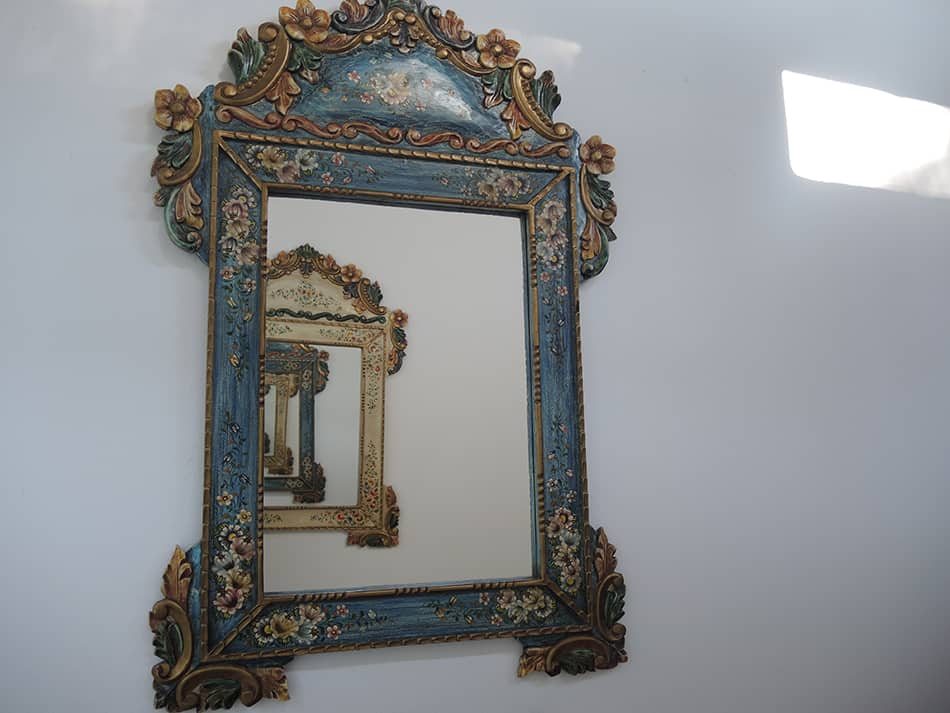Checking your good looks in a mirror is important. It has plenty of mental benefits, like boosting your confidence, but this isn’t the only thing that the looking glass is good for. Mirrors have many other uses in our daily lives. Mirrors are a fantastic decorating piece for a space. They magically increase a room’s size and make it brighter.
They can even help you drive better. Considering all this, it’s not surprising that mirrors have been a part of human existence for thousands of years.
Types of Mirrors
Not all mirrors are made equally. The glass used in a mirror can have various shapes so that the effect of the reflection is different.
Some mirrors give an accurate reflection, while others distort the reflection, drawing the eye to a specific focal point or giving a broader view of a space.
Furthermore, mirrors differ in size, positioning, and how they are used.
Plane Mirror
When you look in any mirror in your home, boutique, office, or restroom, what you’re probably looking into is a plane glass. A plane mirror is a standard mirror made with a flat sheet of glass or planar.
The plane glass reflects an object in its normal proportions. However, the reflection you see is a mirror image. If you stand in front of a plane glass mirror holding up a piece of paper with a word on it, the mirror reflection will show the word flipped, as if it’s written in reverse.
Concave Mirror
Concave mirrors are made from glass that is curved inward like a spoon. Objects in a concave mirror look larger than they are in real life due to the inward curvature that allows more light to enter the reflective surface.
This is why you’ll often find concave glass used in magnified mirrors, such as those in bathrooms. They make it easier to see minute details in the face, making make-up application and shaving simpler.
Convex Mirror
Contrary to concave mirrors, convex mirrors curve outward. They also show a distorted image of the object that they are reflecting, making them appear smaller.
Still, they give a greater field of view. Convex glass is commonly used in your car’s rearview and side-view mirror. You’ll also see convex mirrors at road intersections because they allow drivers to have a better sight of approaching cars.
Non-Reversing Mirror
Non-reversing mirrors are called true mirrors because they show the most accurate reflection of an object or person and don’t flip the image.
A non-reversing mirror shows you exactly what you look like from the perspective of another person approaching you. It’s like looking at yourself in a photo. Looking into a non-reversing mirror may feel strange at first and might take some getting used to as you become accustomed to a different view of your features.
A non-reversing mirror achieves this real-life reflection because it’s not one mirror. It’s actually two separate mirrors that are joined at a 90-degree angle to each other so that one mirror reflects off of the other.
Essentially, this double reflection reverses the flip that the opposite mirror causes. There would typically be a line where the two mirrors meet. However, a non-reversing mirror that is made well can be adjusted so that the line can be completely hidden when the two mirrors are correctly lined up.
Non-reversing mirrors are usually used in a department store changing cabin, which explains the discomfort many people feel when trying on clothes there!
Two-Way Mirror
Two-way mirrors are reflective on one side and clear on the other. If you’re a fan of crime dramas, you’re probably familiar with how a two-way mirror is used in the interrogation room. But two-way mirrors are used in many other settings, including in labs and dance studios, among other places.
The process of making two-way mirrors is the same as for classic mirrors. The only difference is that the metal backing on two-way mirrors is thinner. This thinner coat filters the light coming through the mirror, resulting in one side of the mirror being more reflective while the other side remains transparent.
Freestanding Full-Length Mirror
The design of a freestanding mirror allows you to get a head-to-toe view of yourself. Mirrors like this have a rectangular or elliptical shape.
They are not usually freestanding, but you can choose to have it wall-mounted if you want to save a bit of floor space. Traditional, cheval, and leaning are common freestanding full-length mirror styles.
Traditional Full-Length Mirror
Traditional full-length mirrors are usually not as large or wide as other full-length mirror styles. Their smaller size gives you the choice of leaning the mirror vertically against a wall or mounting it instead.
A traditional full-length mirror can also be wall-mounted horizontally to make a room appear larger. Some traditional mirrors have an easel on the back that provides support if you would rather have the mirror standing freely.
Cheval Full-Length Mirror
Cheval mirrors are functional and beautiful. Originating in France in the 1700s (cheval means “horse” in French), this freestanding full-length mirror style is attached to a base by a set of swivel screws on either side.
The base supports the mirror, while the screws allow it to be tilted so you can get the desired view of yourself. Cheval full-length mirrors have feet that make them sturdy enough to be stood vertically on the floor.
They are commonly found in dressing rooms or walk-in closets. Chevals are stylish and eye-catching mirrors. Their styles range from vintage models with ornate carvings on the wood frame to minimalist styles in modern chrome.
Leaning Full-Length Mirror
Unlike cheval mirrors with a base and some traditional full-length mirrors with easel support, leaning full-length mirrors are more likely to be freestanding.
They are placed on the floor, with the top part of the mirror leaning against a wall. Because of this, leaning mirrors can be oversized and are an impactful décor feature in a room.
Mounted Mirror
Mounted mirrors range from small to medium and reflect your head and shoulders or the upper part of your body. They are designed like this to be used in various rooms and for a variety of purposes.
Mounted mirrors are useful in bathrooms, where they are installed on cabinet fixtures or nailed directly into the wall. Modern bathrooms tend to have stylish wall-mounted mirrors with extension arms. So you can pull the mirror towards you for a closer look and conveniently push it back towards the wall when you’re done to save space.
There are various bathroom mirror sizes of these to choose from. Mounted mirrors are also available in almost every shape you can think of – rectangular, round, oval, and other traditional shapes, plus others that are more abstract.
Bare walls along hallways or other rooms can benefit from being dressed up with small mounted mirrors mounted along a wall.
If you’ve decided to wall-mount your mirror, it doesn’t mean you have to commit to drilling multiple holes through your wall to hold it up or use strong adhesives that can leave a residue.
A more straightforward solution can be to simply hang the mirror from a single hook and suspend it from a hanging wire or strap. This way, your mirror stays securely in place, and you get to easily change it as your style preferences change.
Over-the-Door Mirror
What do you do if you want a full-length mirror but have zero space for a floor mirror in your room? You go for an over-the-door mirror.
As their name suggests, over-the-door mirrors are hung from long square hooks behind a room door or flush against the inside of a closet door. They are an excellent space-saving option, which gives you the benefit of a full-sized mirror without sacrificing any floor space.
Over-the-door mirrors are thin and light, so the door they are hanging over can be opened entirely without any obstruction. Many over-the-door mirrors feature frames so that the hooks can be attached to them.
The frame also serves as a decorative element. Some mirrors have small shelves, baskets, and jewelry hooks built into their design for extra storage. However, this can make the mirror bulkier.
Vanity Mirror
If you’re lucky enough to have a spacious dressing room, you might consider adding a vanity desk and chair topped off with a vanity mirror. Vanity mirrors are not only reserved for those special occasions when you want flawless hair and make-up. They are useful for daily grooming too.
The classic vanity mirror is square or rectangular. Other than the reflective function of vanity mirrors, some have extra features like a magnification or bright LED lights installed next to or under the mirror.
The iconic Hollywood vanity mirror – which can make anyone feel like a Tinseltown A-lister – is particularly distinctive because of the light bulbs integrated into the mirror around the frame’s perimeter. Vanity mirrors aren’t only confined to the dressing room; they’re a great choice of mirror for your bathroom too.
A small magnifying vanity mirror can give some much-needed precision while defining your brows or shaving and are great when combined with a larger wall mirror.
Bespoke Mirror
If you want a mirror that makes a statement and is made to your exact specifications, getting it custom-designed is best. With a bespoke mirror, you can tailor every element from the size to the cut of the glass, frame, size, and mirror mounting. The only limitation is how far you’re willing to stretch your creativity.
A bespoke mirror can fit perfectly into the home décor and style without you having to make any compromises. Plus, a custom-designed mirror is entirely unique. Mirrors can be tailor-made for any room. So if you want matching oversized mirrors to brighten your living areas or a striking mirror to wow guests as they walk into your entryway, an expert mirror-maker can help bring your vision to life.
Antique and Vintage Mirror
A mirror dating back one hundred or more years or more can be considered an antique. Some may even be collectible and worth a lot of money.
Because mirror manufacturing techniques from previous centuries are different from those used now, old mirrors are pretty easy to identify. They have tell-tale imperfections like tarnishing, oxidation, and a slight waviness in the glass that you won’t find in modern mirrors.
However, just because you see signs of aging on a mirror doesn’t necessarily mean that it is an antique. That’s because the distressed look on mirrors has become all the rage as the popularity of vintage décor has taken off.
Some mirrors are intentionally “antiqued” using chemicals. They are mounted in frames that echo bygone trends in design like Gothic, Baroque, and Georgian styles. Vintage mirrors work well in rooms with classic and traditional décor.
A Short History of Mirrors
Humans have always had a fascination with their own reflections. Since long before we had the modern glass mirror we know today, our ancestors used to peer into pools of water to see the mirror image of their faces looking back.
It’s thought that the first mirrors were made with polished stone, copper, and black volcanic glass obsidian and date back as far as 6000 years. When metal alloys started to be used in mirror-making, they became much-desired possessions afforded only to the wealthy classes.
Mirrors became more widespread around the 14th century when glass-blowing led to the discovery of convex mirrors. It was around this time that making glass reflective by coating it with tin or mercury began.
By the 16th century, Venetian mirrors became highly sought-after items, thanks to the craftsmanship of the artisans who produced them while closely guarding the manufacturing methods.
Venetian mirrors were works of art with sparkling glass, also framed with glass borders featuring detailed etchings and designs. Venetian mirrors became the gold standard to such a degree that the French learned and improved on the technique, using it to make the 306 mirrors adorning Versaille Palace’s Mirror Gallery.
Having glass mirrors in the home remained the domain of the rich until the 1830s when a new production process was developed. This process enabled mirrors to be produced on a larger scale and led to them becoming a mainstream item.
How Modern Mirrors Are Made
Mirrors are made from a sheet of glass. When the sheet of glass is coated in a thin layer of silver, it undergoes a process called “silvering,” which results in the uncoated side of the glass becoming reflective.
Silvering was a new mirror-making technology when it was invented in 1835 by German chemist Justus von Liebig. It’s still used today, but in modern manufacturing, other metals may be combined with or used instead of silver to create different types of reflective surfaces.
Aluminum, for instance, is used to produce precision mirrors, and silvering with gold can reflect infrared light. Other metals’ advantage over silver is that they are typically more resistant to oxidization and tarnishing, maintaining their reflective quality for longer.
How To Use Mirrors In Your Home
In the home, mirrors are primarily used to brighten rooms and give the illusion of a bigger space. They can be an exciting décor component that stands alone or complements your current furnishing and accessories.
Enhance Natural Light
Mirrors are an inexpensive and straightforward method of adding light to a room. When a mirror is positioned next to a window, it acts as an additional source for light to reflect off of. Mirrors can make even small rooms brighter. If the mirror is mounted or placed near a lamp, it amplifies the light coming in, illuminating the dark corners.
Add Texture to a Room
You can use a mirror to add texture to an uninteresting room in two ways. Firstly, the mirror itself can be textured, for instance, with carved wood or embossed steel frame or antique-style mirror. Secondly, the mirror can be placed in front of textured furniture, vases, or other accessories, so the reflection draws the eye even more to the item.
Make a Room Seem Bigger
One of the best ways mirrors are used in a room is to make the space appear bigger. A full-size mirror mounted horizontally on a wall can make it seem like the room is double its actual size.
A rectangular mirror placed in a cramped and pokey hallway can create the illusion of open space with more depth when placed at the hallway entrance. Another clever trick to instantly increase the size of a room is to use a mirrored tabletop to fool your eye into thinking you have high ceilings.
Mirrors as Eye-Catching Décor
If you’re short of a décor piece that stands out, a mirror can certainly fit the bill. Mirrors can decorate any room, thanks to the myriad of sizes, styles, designs, and finishes that you can find. When positioned on a mantel, a mirror can become the room’s focal point.
Or enhance your wall gallery by interspersing your photos with different mirror sizes for a quirky and charming effect. Mirrors can also accentuate your existing décor and reinforce the design theme. For a truly attention-getting feature, a wall covered in floor-to-ceiling mirrors is a bold and dramatic statement.
